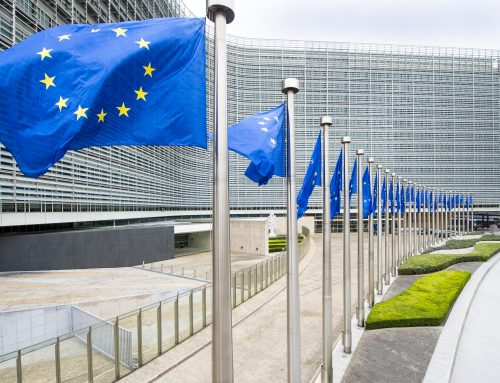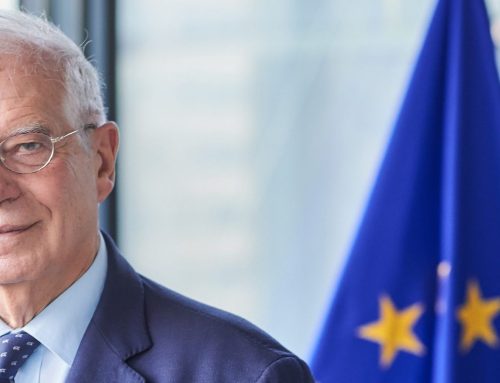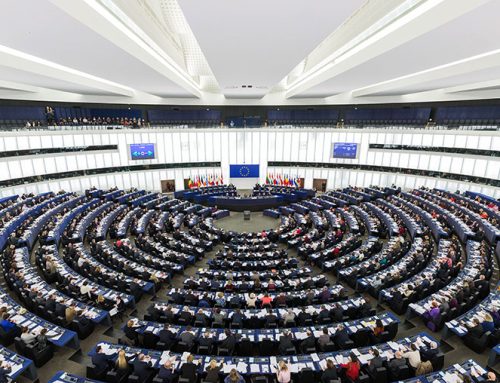The negotiators of the European Commission and the United Kingdom have today reached a deal on the terms of the Article 50 Withdrawal Agreement.
All aspects of the Withdrawal Agreement have now been finalised and agreed at negotiator level. This agreement marks a decisive moment in the negotiations. The European Commission therefore recommended to the European Council (Article 50) to find that decisive progress has been made in the negotiations on the orderly withdrawal of the United Kingdom from the European Union, allowing the negotiations on the withdrawal agreement to be concluded and the next step of the process to be initiated. The negotiators have also agreed on an outline of the political declaration on the future EU-UK relationship.
The Withdrawal Agreement covers all elements of the UK’s withdrawal from the EU: citizens’ rights, the financial settlement, a transition period, governance, Protocols on Ireland, Gibraltar and Cyprus, as well as a range of other separation issues.
The EU and the UK negotiators have agreed on how to avoid a hard border between Ireland and Northern Ireland. Both will use their best endeavours to have a future agreement concluded before the end of the transition period by 1 July 2020. Should this not be the case, the EU and the UK could jointly extend the transition period. Alternatively, as of January 2021, the backstop solution for Ireland and Northern Ireland would apply, subject to a joint review mechanism.
That backstop solution means that a single EU-UK customs territory will be established, which will apply from the end of the transition period until such a time as a subsequent agreement becomes applicable. Northern Ireland will therefore remain part of the same customs territory as the rest of the UK. The single customs territory covers all goods with the exception of fishery and aquaculture products.
The creation of the single customs territory includes the corresponding level playing field commitments and appropriate enforcement mechanisms to ensure fair competition between the EU27 and the UK.
The outline of the political declaration published today records the progress in reaching an overall understanding on the framework for the future EU-UK relationship. The EU and UK negotiators will continue their work based on the outline.
Nothing is agreed until everything is agreed. The present Withdrawal Agreement – including the transition period – must take into account the framework of the future relationship. The political declaration must therefore be further developed and agreed in its final form.
In parallel, the European Commission will continue its preparedness and contingency work for all eventualities.
Next steps
The EU and UK negotiators will continue their work on the political declaration on the framework for the future relationship based on the outline published today. It is up to the President of the European Council to decide whether and when to convene a meeting of the 27 Heads of State or Government. It will be up to the European Council (Article 50) to endorse the Withdrawal Agreement and the joint political declaration on the framework of the future relationship.
Once the Withdrawal Agreement is endorsed by the European Council (Article 50), and before it can enter into force, it needs to be ratified by the EU and the UK. For the EU, the Council of the European Union must authorise the signature of the Withdrawal Agreement, before sending it to the European Parliament for its consent. The United Kingdom must ratify the agreement according to its own constitutional arrangements.




